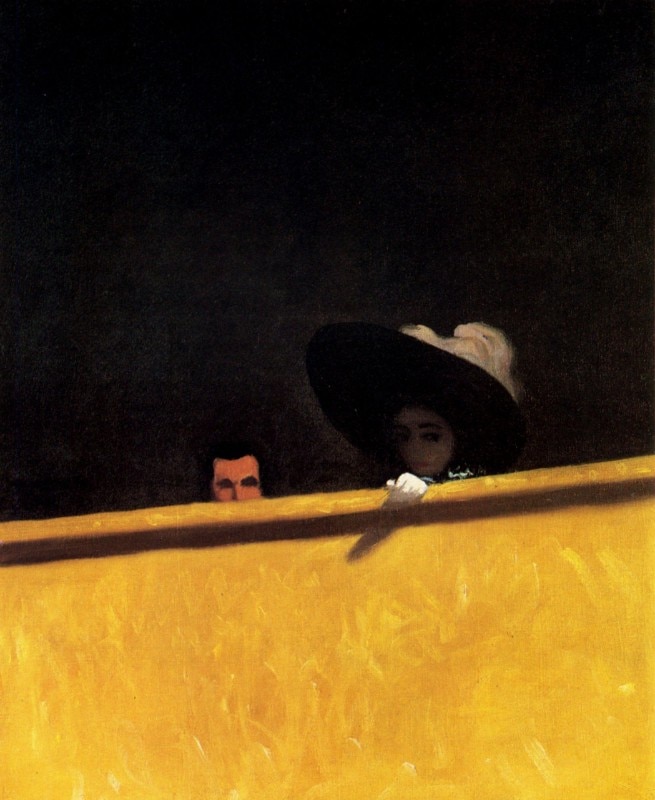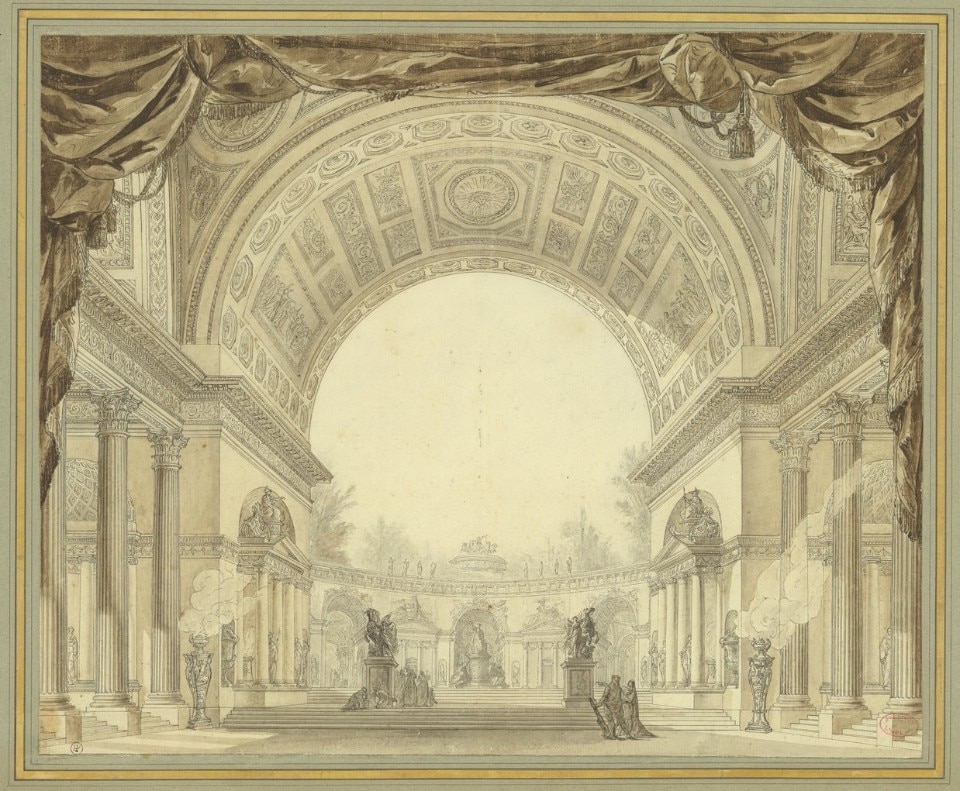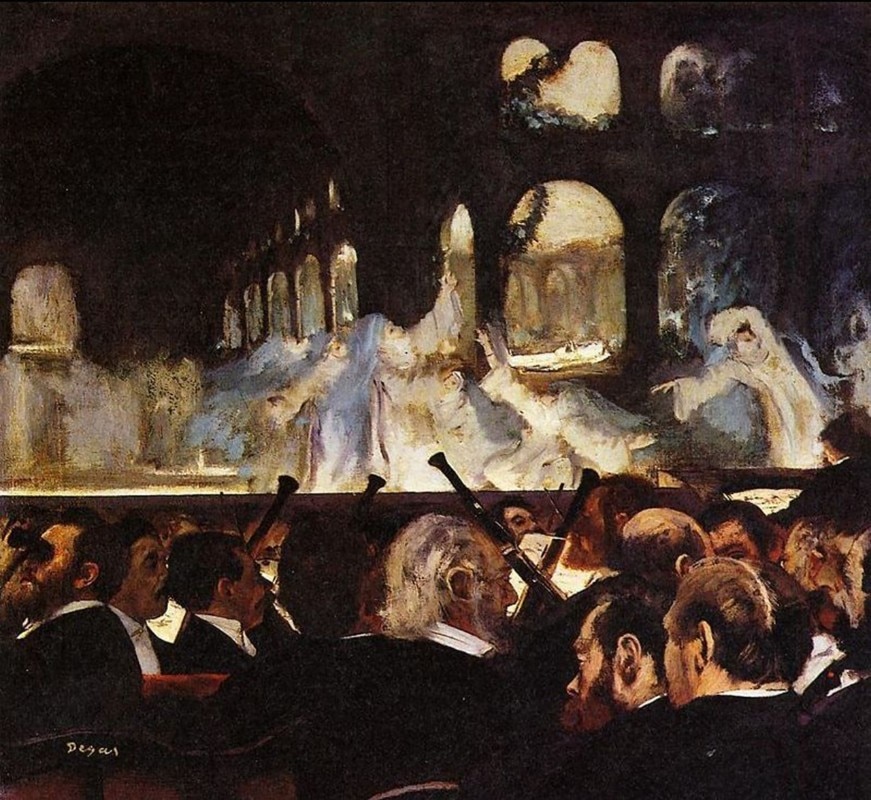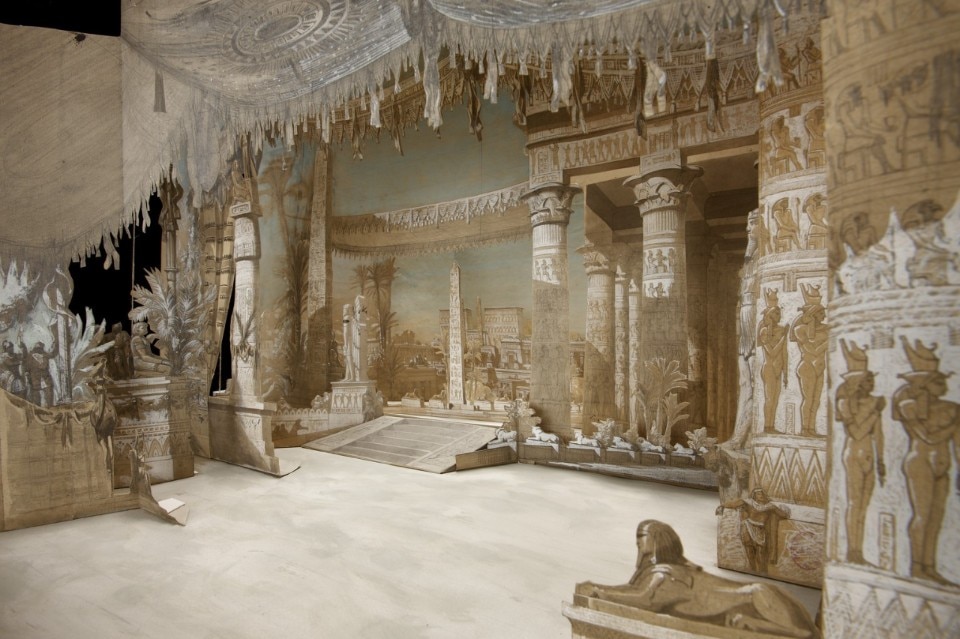The perfect storm. The Coronavirus pandemic hit a system that we thought was invincible: the globalized capitalism that, over the last twenty-five years, made everything clear, peaceful, organized. Instead, everything fell apart in the blink of an eye. Supply and demand, goods and services, health and globalisation, borders and intelligence. But above all, culture and artistic projects.
Is this the end of the “invisible hand of the market”? We are definitely experiencing the comeback of the much more visible hand of the State which, in the form of public intervention, is now intervening in every sector, trying to bring coherence to the behaviour of companies while taking into account the new health, social and environmental objectives. What about art?
Art is the great forgotten. Because museums, cinemas and theatres are extremely productive sectors, but they are often neglected. They play a big role in helping the economy move forward, but today they seem to be getting the short end of the stick. Perhaps this is due to the difficulty of thinking of these sectors in a post-Covid-19 scenario, because, since they are public activities, they attract crowds. Or perhaps because, on the contrary, they are meant to attract only few people, an elite.

In any case, nowadays museums aren’t making any money, and cinemas and theatres are in the same boat. Here’s just two examples. Three weeks ago, the Whitney Museum (one of the richest museums in the world) laid off all of its freelance education workers, and it is recent news that the Metopolitan Museum is fearing a $150-million shortfall for the first time in its history. As a result, it has requested the authorization of the Association of Art Museum Directors to possibly sell some of its works of art to recover some money.
But what about theaters? What about cinemas? What about actors, set designers, directors, costume designers and the whole world revolving around theater stages? How will they be able to support themselves financially without any store of value (which museums, on the contrary, have)?
The answer is difficult, but art can at least help us formulate it.
Art is the great forgotten. Because museums, cinemas and theatres are extremely productive sectors, but they are often neglected. They play a big role in helping the economy move forward, but today they seem to be getting the short end of the stick
The relationship between painting and theatre, and also between painting and cinema has always been very close. From their very beginnings, set design and easel painting were joined at the hip, and they still are today. In the 19th century, the artist-scenographers were already familiar with gas lighting, they knew and were able to adapt their painting techniques in order to obtain the best possible results. Bright colours, adapted perspectives that describe the scenes with greater depth and special effects that make the works more credible. The operas performed at the Paris Opera are in fact staged in other French and foreign theatres, thus ensuring the diffusion of the creations of Parisian set designers. The Opera itself also decides to publish librettos dedicated to the staging, such as catalogues of operas, which are now on sale in bookshops and museum bookshops, with the intention of spreading this new pictorial avant-garde.

Edgard Degas is an excellent painter, sometimes described as “theatrical”, and a skilled interpreter of the ballet world. He revolutionized the theatrical pictorial representation, shifting the attention from the “stage” to what happens “behind the scenes”. This content revolution corresponded to another revolution of the pictorial language, which abandoned the frontal point of view, borrowed from the theatre, to use oblique perspectives and decentralized points of view.
Degas’ innovative interpretation, however, finds an immediate precedent in the work of Honoré Daumier, who, among other things, was a caricaturist of the theatre world. An incisive stroke captured the grotesque aspects of the scene, the violent expressiveness of the protagonists or the audience itself, using distorted perspectives and strong contrasts of light to reveal the actors’ physiognomy, deformed by the spotlights.
These two great artists profoundly influenced the many painters who were creating art at that moment of transition between realism and impressionism. Among them, it is impossible to forget Henry de Toulouse-Lautrec, who, more than any other, succeeded in investigating the reality behind the glamour of theatre and cabaret life, and Felix Vallotton, for whom the shift from the stage to the audience is the only way forward for a painting that addresses the chronicle of contemporary reality.

The representation of theatre life becomes, as Ann Dumas explains, “a comedy of modern life”. In the museums all over the world, we find works that are actually wonderful sketches of sets or tales of theatre life. After all, as William Shakespeare wrote, “All the world’s a stage,
And all the men and women merely players; They have their exits and their entrances, And one man in his time plays many parts”.
Let us wait, then. Let’s wait to return to this life too, which we are certain will be there even after the Coronavirus. And probably, we too, like Degas, will revolutionize the way we go to the theatre, to the cinema, to the museum. Because we also revolutionized our way of seeing since, in this world, we’re all wearing masks. Actually, surgical masks.
Opening image: Edouard Despléchin, volume model for act III of Mosè in Egitto by Rossini, 1863


